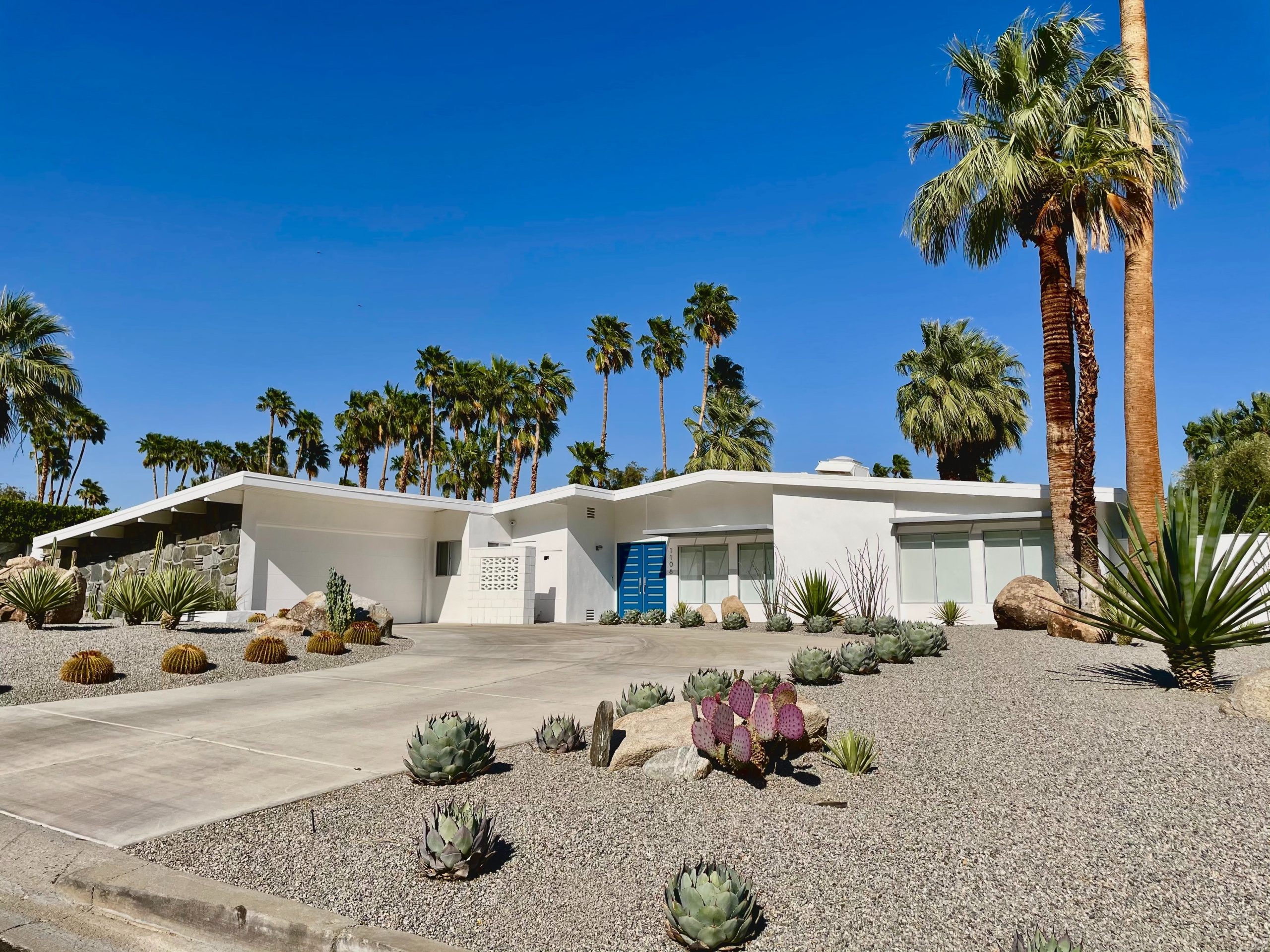Process Mindfulness: Listen. Notice. Be Aware. Feel. Be Mindful.

Photo courtesy Linus Nylund
Authors note: This walking awareness is the inspiration for our Process Mindfulness cohort, which will begin in June. Process Mindfulness is for those who want to go deeper with process thought into seeing and living in the world in a process way. We endeavor to be process mystics, adventurers, and weavers of stories. We will come together to share how to experience our world in a new way. We do this through a mindful practice of intentional and embodied awareness of the process cosmology. The cohort will endeavor to build friendships as we share our stories, insights, and adventures. Let us wonder together! We will meet monthly. Come! Pull up a chair. Take a taste. Life is so endlessly delicious!
“Tea is an act complete in its simplicity. When I drink tea, there is only me and the tea. The rest of the world dissolves. There are no worries about the future. No dwelling on past mistakes. Tea is simple: loose-leaf tea, hot pure water, a cup. I inhale the scent, tiny delicate pieces of the tea floating above the cup. I drink the tea, the essence of the leaves becoming a part of me. I am informed by the tea, changed. This is the act of life, in one pure moment, and in this act the truth of the world suddenly becomes revealed: all the complexity, pain, drama of life is a pretense, invented in our minds for no good purpose. There is only the tea, and me, converging.”
–Thich Nhat Hanh

Photo courtesy David Everett Strickler

Photo courtesy Bob Osias
It started with a walk on an April day in Palm Springs. In that desert community, art and architecture rise from the sand in mid-century modern pastels surrounded by cacti and palm trees. Palm Springs is situated in the shadow of the San Jacinto Mountains in California. The mountain rises so quickly to such a steep slope that it looks like a vertical wall. Everywhere I looked, I felt inspired. I took my camera out from my pocket and started snapping photographs of anything that caught my eye. It helped focus my senses that were starting to go on overload. I took pictures of the cactus, a lizard, flowers, and the palm trees. I even took pictures of interesting doorways and key holes.
This way of walking was different. I was noticing details rather than getting lost in my usual thoughts about all the things I needed to do, grocery lists, or worry about things that had not yet happened and probably wouldn’t. I was present. I not only saw things clearer but I felt more deeply the “beingness” of what I was looking at. I felt the reaction within me and consequently became aware of the relationship. I was part of the beauty around me. Listen. Notice. Be aware. Feel. Be mindful.
For me, this type of walking is a conversation. It’s relational. This is a form of prayer. These ideas tie in well Amin Maalouf’s idea of what Omar Kayyam might say about prayer. I started to recall my book on walking by Henry David Thoreau.
“I have met with but one or two persons in the course of my life who understood the art of walking, that is, of taking walks, who had a genius, so to speak, for sauntering; which word is beautifully derived "from idle people who roved about the country, in the middle ages, and asked charity, under pretence of going à la sainte terre" — to the holy land, till the children exclaimed, "There goes a sainte-terrer", a saunterer — a holy-lander. They who never go to the holy land in their walks, as they pretend, are indeed mere idlers and vagabonds, but they who do go there are saunterers in the good sense, such as I mean. Some, however, would derive the word from sans terre, without land or a home, which, therefore, in the good sense, will mean, having no particular home, but equally at home everywhere. For this is the secret of successful sauntering. He who sits still in a house all the time may be the greatest vagrant of all, but the Saunterer, in the good sense, is no more vagrant than the meandering river, which is all the while sedulously seeking the shortest course to the sea. But I prefer the first, which indeed is the most probable derivation. For every walk is a sort of crusade, preached by some Peter the Hermit in us, to go forth and reconquer this holy land from the hands of the Infidels.”
–H.D. Thoreau

Photo courtesy Ken Smith

Photo courtesy Rosie Kerr
Walking as prayer or walking as meditation is a practice that can be considered process-relational. In his book, “Walking Meditation,” Thich Naht Hanh explains that it is the awareness of every step that helps to cultivate mindfulness, and an appreciation that the present moment is enough. Thich Naht Hanh teaches us to “cultivate gratitude and love for the earth through your feet as you walk.”
This type of walking felt healing. I recall the Japanese practice of shinrin-yoku, or “forest bathing.” Which began as a physiological and psychological exercise to offer an eco-antidote to stress and to inspire the Japanese people to reconnect with and protect the country’s forests. Shinrin-yoku involves using your senses to notice your surroundings. For example, this may include noticing the different colors and patterns of leaves; noticing the sound of water trickling over stones in its path; viewing a squirrel scamper up a tree or finding a "sit spot" from which to observe nature; smelling soil and decomposing leaves; listening to the sound of the wind through the trees, or bird song; or noticing textures by touching bark, rocks and leaves. Listen. Notice. Be aware. Be mindful.

Photo courtesy Hester Qiang

Photo courtesy Boston Public Library
A few years ago, I made my pilgrimage to Walden Pond and my own shinrin-yoku around the Concord nature preserve of Thoreau’s time in the woods. I was overwhelmed again. I felt the holy in the trees, the water, and along the dirt paths where Thoreau once walked. I wondered if any of these trees had known Thoreau. Thoreau declared this place holy in the way he recognized the spirit of the place. If he were Japanese, he might have declared the trees are yorishiro, a Shinto recognition of objects considered to attract spirits or be inhabited by them. Cutting down these trees is thought to bring misfortune.
This way of walking made me part of the ecosystem. Well, that’s not exactly true. I was always part of the ecosystem, but now I was noticing. This awareness and noticing started to bleed over into other activities such as gardening. I began to listen more. Gardening became a conversation instead of a determined act; I’m going to grow tomatoes! In each case, that was a disaster. The earth taught me to slow down. Listen. Notice. Be aware. Be mindful.

Photo courtesy Hannah Vu
This skill came at the right time for my new career path in hospice chaplaincy. I must notice everything because the state of the home, the appearance of the patient and family members tell so much. Is the caregiver exhausted? Is the patient well cared for? Are they loved?
I look around the house. What matters to them? I don’t take notes because I want to give my undivided attention. I don’t look away so I must remember everything that is said. I listen with every cell in my body. We have the ability to do that. We can listen with our whole selves and “feel” another person’s soul. This is because we are relational beings. Listen. Notice. Be aware. Be mindful.
I often hear the question, what is the point of process thinking outside of a classroom? I have also heard the criticism that process thinkers talk a lot about process philosophy but don’t actually live process philosophy. Whenever someone in the process community asked the question how do you practice process theology, I know that is not the right question. The question is not about “practice”. It’s about awareness. It’s not something we do, it’s something we recognize. It’s something we feel.
“Always hold fast to the present. Every situation, indeed every moment, is of infinite value, for it is the representative of a whole eternity.”
–Johann Wolfgang von Goethe
I have started to notice a process-relational experience throughout my life. In my study of Japanese Tea Ceremony, we cultivate awareness. The tea ceremony is a relational experience. The host must have her guest.
I play my flute for the birds and watch their curiosity. I rescue a shy, scared dog and watch her personality begin to bloom. I feed nuts to the scrub jays and now they follow me around whenever I’m outside in the garden. I listen deeply to one of my dying patients and they feel loved.
Once you understand, you feel it all around you.
It's not a practice, it's an awareness. It's a recognition and appreciation. It's a long sauntering walk, a deep rejuvenating breath, a gentle soothing touch. Notice. Be aware. Be mindful.

Photo courtesy Nathan Dumlao

